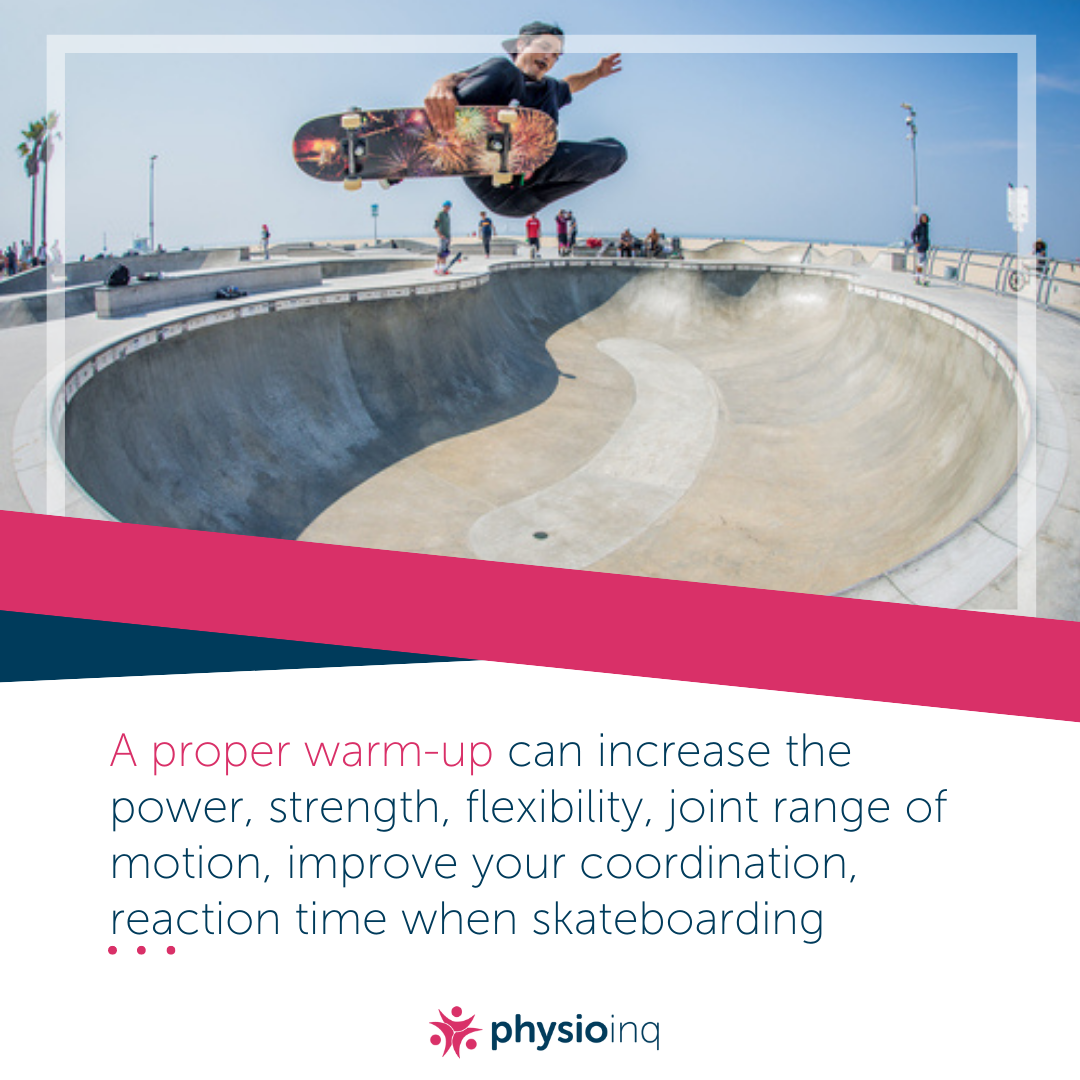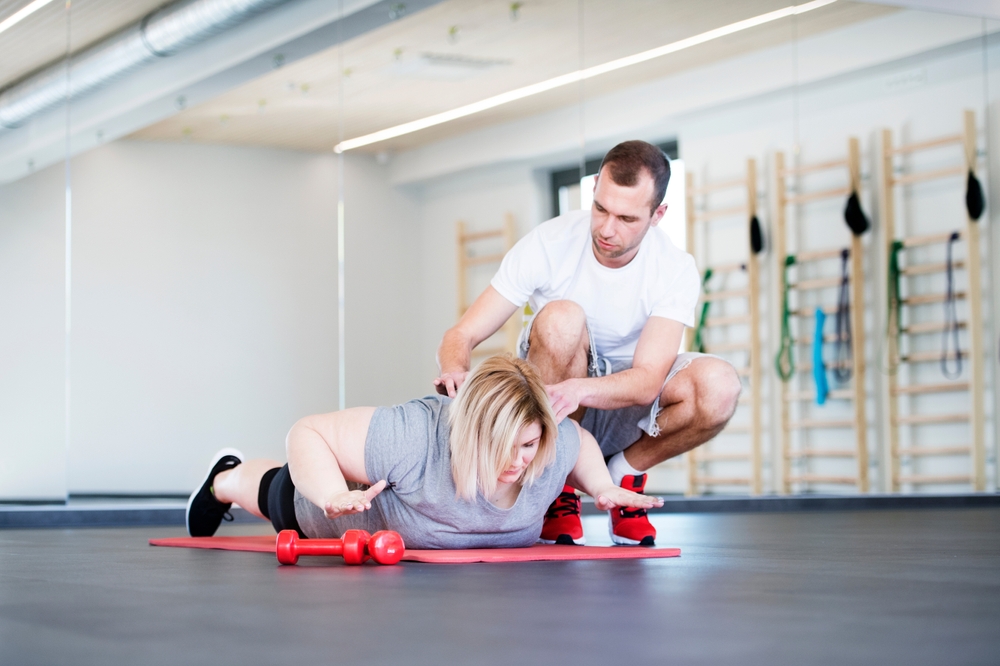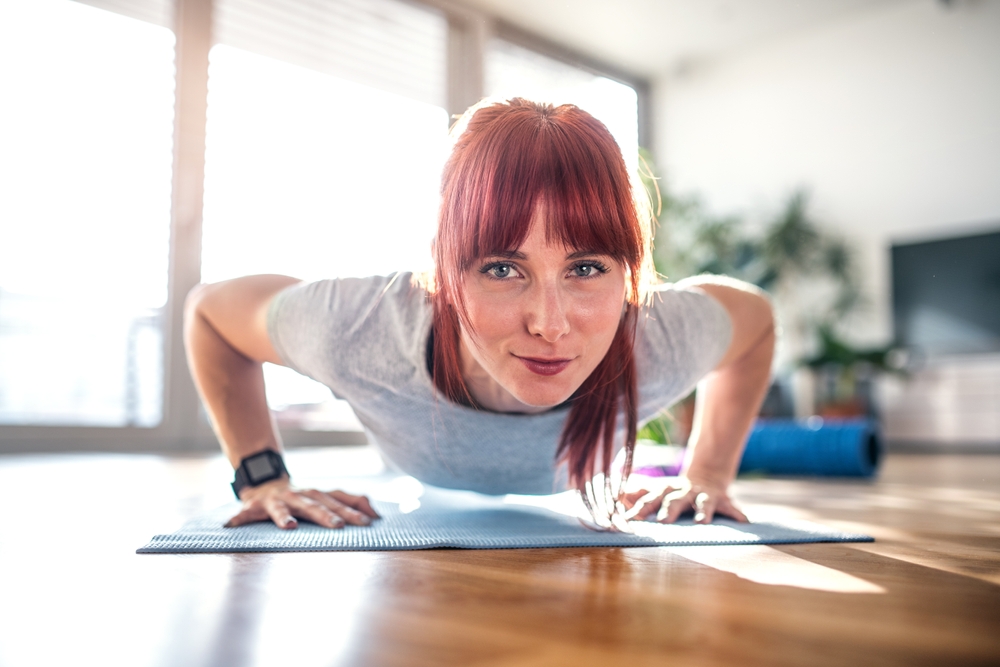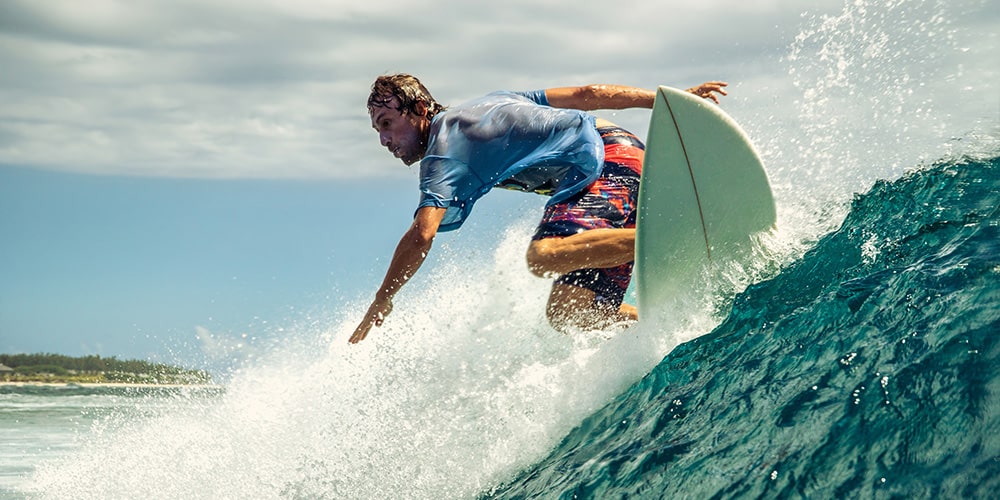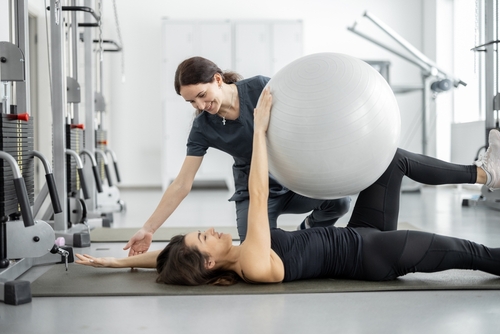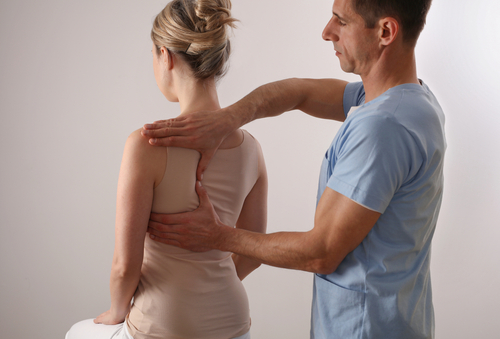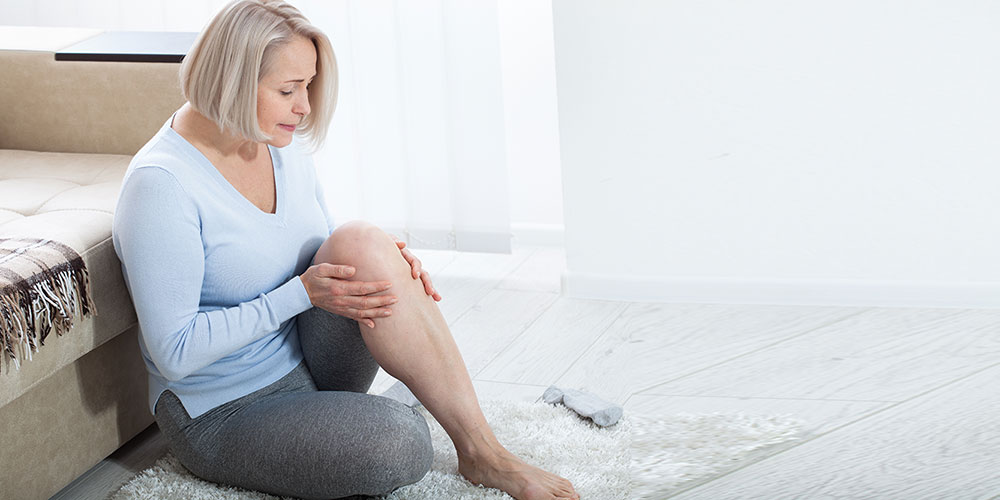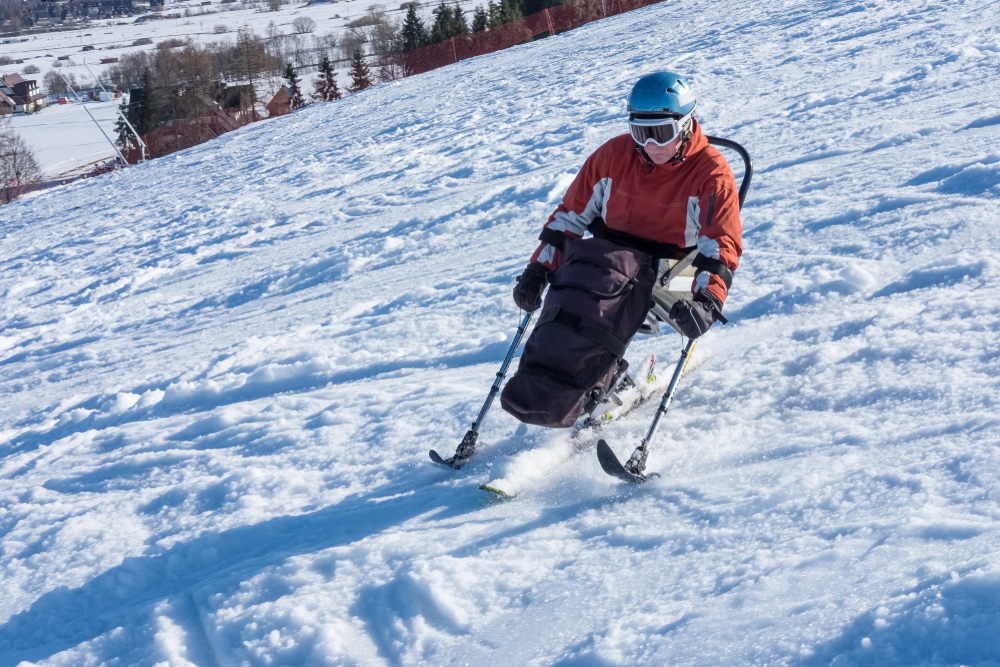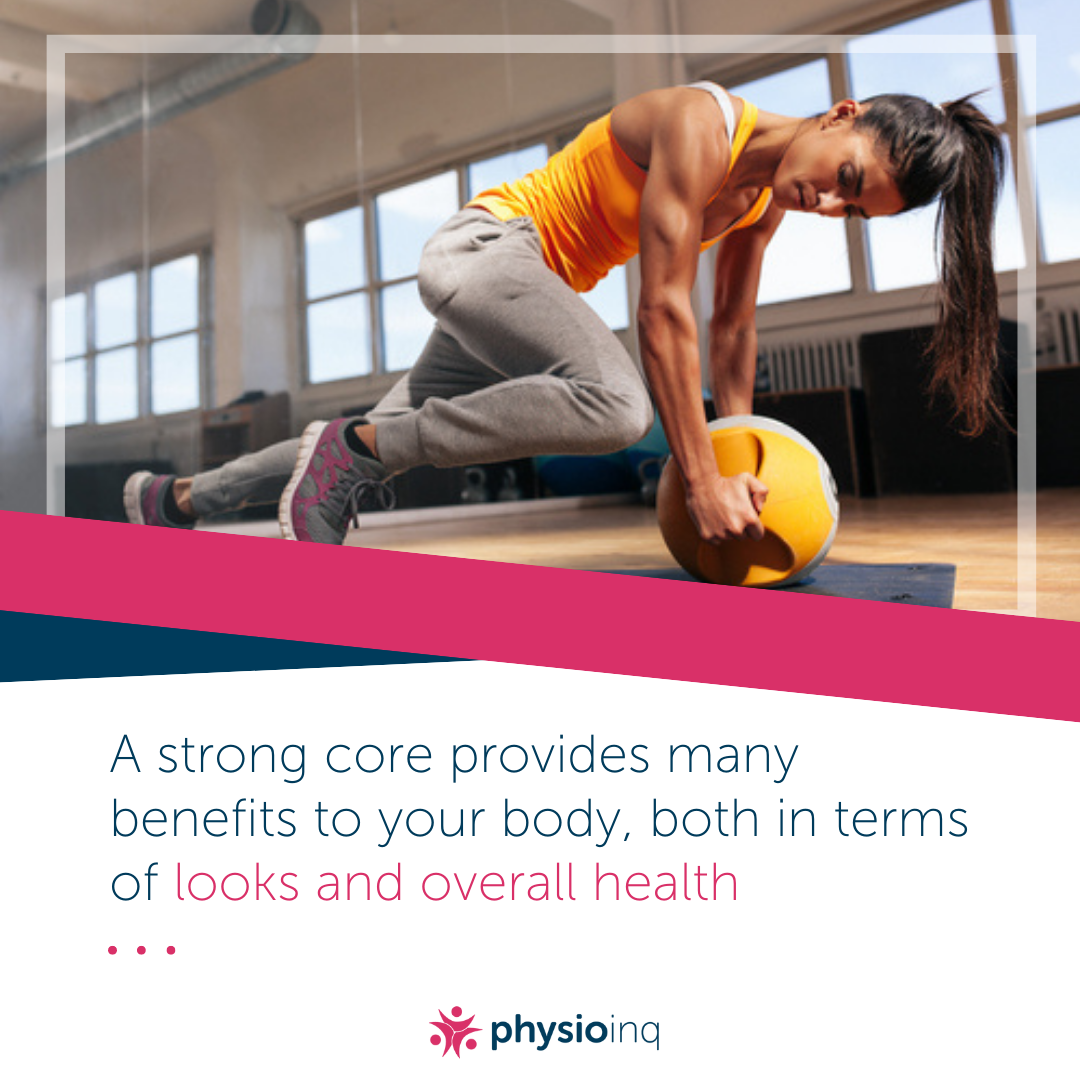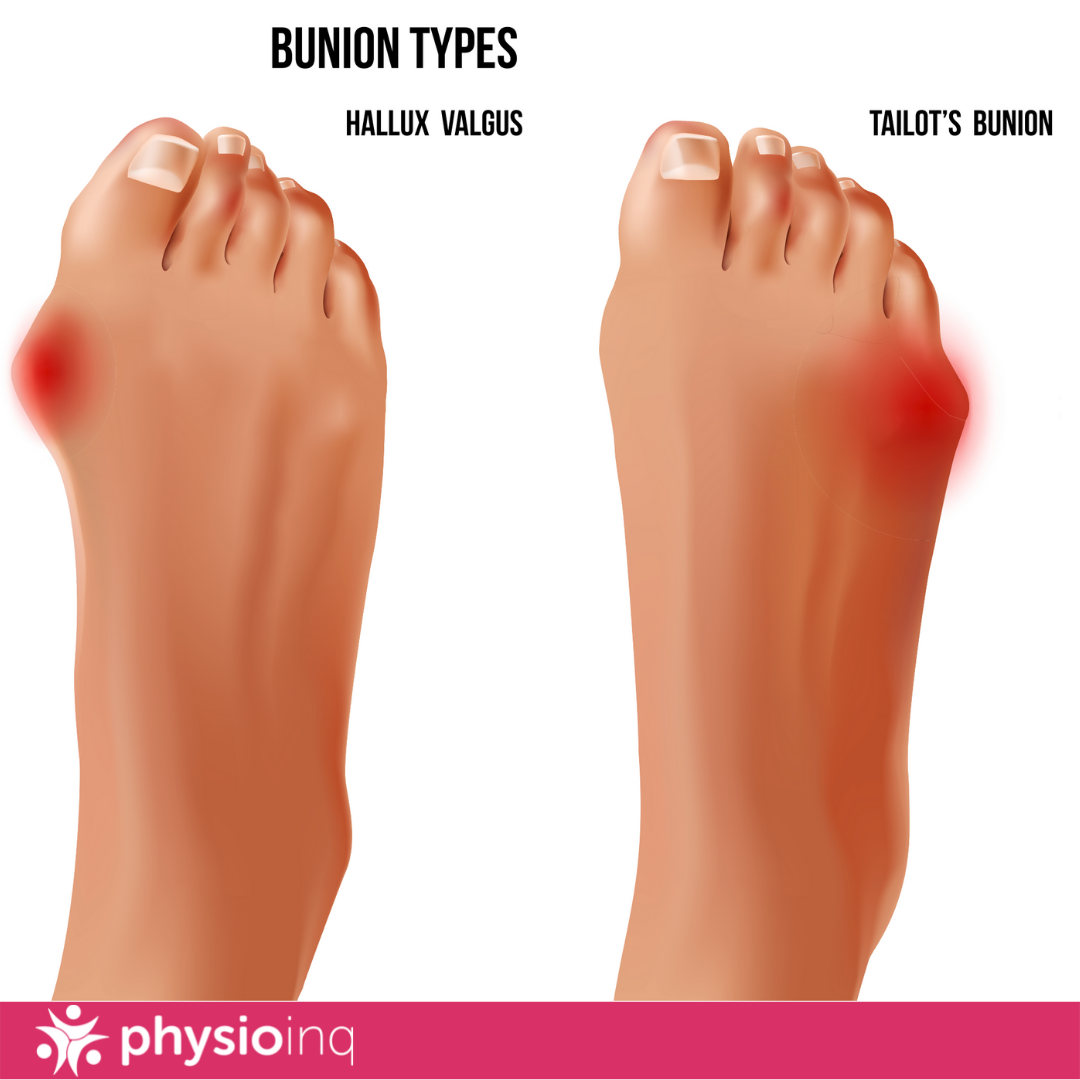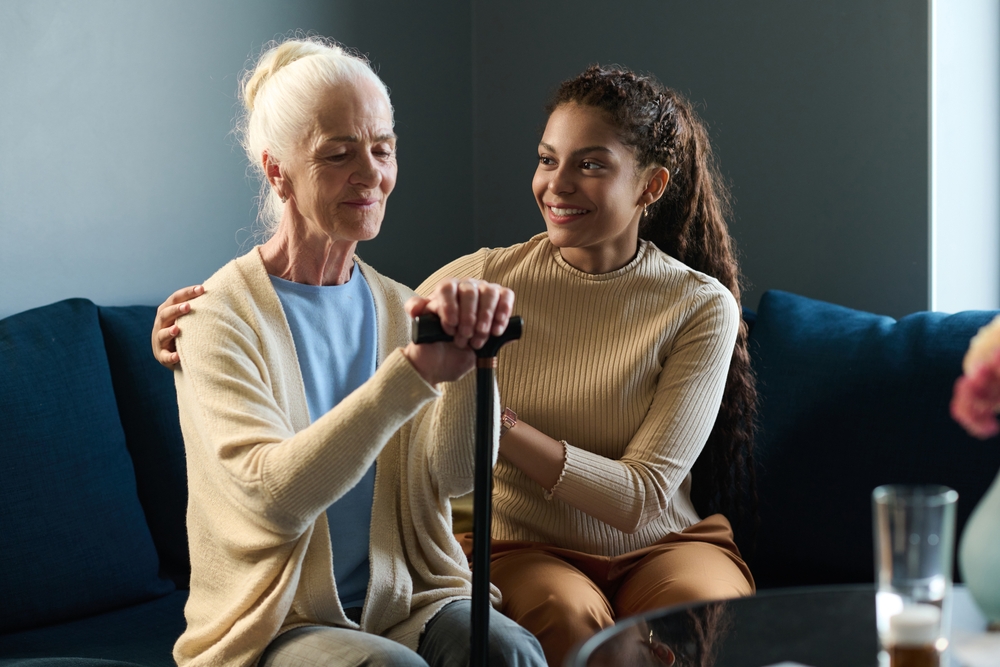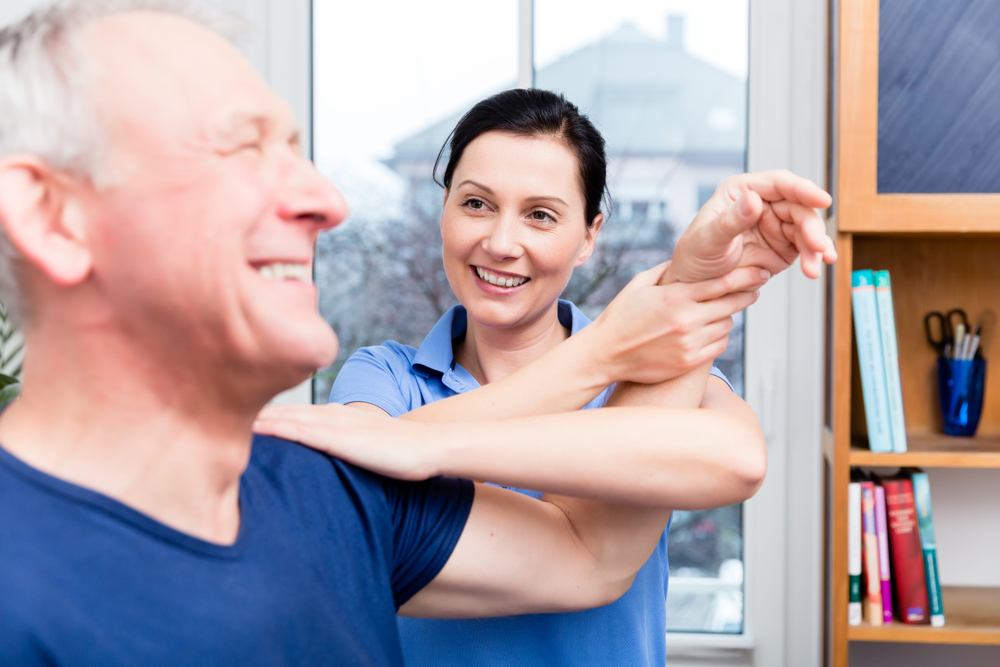Make an Appointment
Deadlifts are a common strength-building exercise that engages your entire back body and can lead to strong, perky glutes. However, they can also make your back super sore if you’re not stretching properly afterwards.
Here, we’re going over how to stretch your back from deadlifts and what other muscles are involved in deadlifts that you’ll also want to take care of.
Which muscles are active during deadlifts?
Deadlifts primarily target your gluteus maximus, otherwise known as your bum muscles. However, these aren’t the only muscles that are engaged during a deadlift. Your body will also use other areas for stability and power.
Your hamstrings and quadriceps will certainly be active during deadlifts as well as your calf muscles and the adductor magnus in your hips. Your back and core will also be engaged during a deadlift.
So, while deadlifts are usually implemented to target your glutes, in reality, it’s a full-body exercise that activates many different muscle groups. Therefore, how to stretch after deadlifts requires a few different methods.
Is it normal to have lower back pain after deadlifts?
No, it’s not normal to have lower back pain after deadlifts, especially if you’re performing them correctly. However, you might have a sore lower back that may require some attention.
Start by ensuring that your deadlift form is correct to prevent lower back injuries and from there, try some lower back stretches and foam rolling to improve any lower back soreness you may experience after deadlifting.
Deadlifts are a common strength-building exercise that engages your entire back body and can lead to strong, perky glutes. However, they can also make your back super sore if you’re not stretching properly afterwards.
Here, we’re going over how to stretch your back from deadlifts and what other muscles are involved in deadlifts that you’ll also want to take care of.
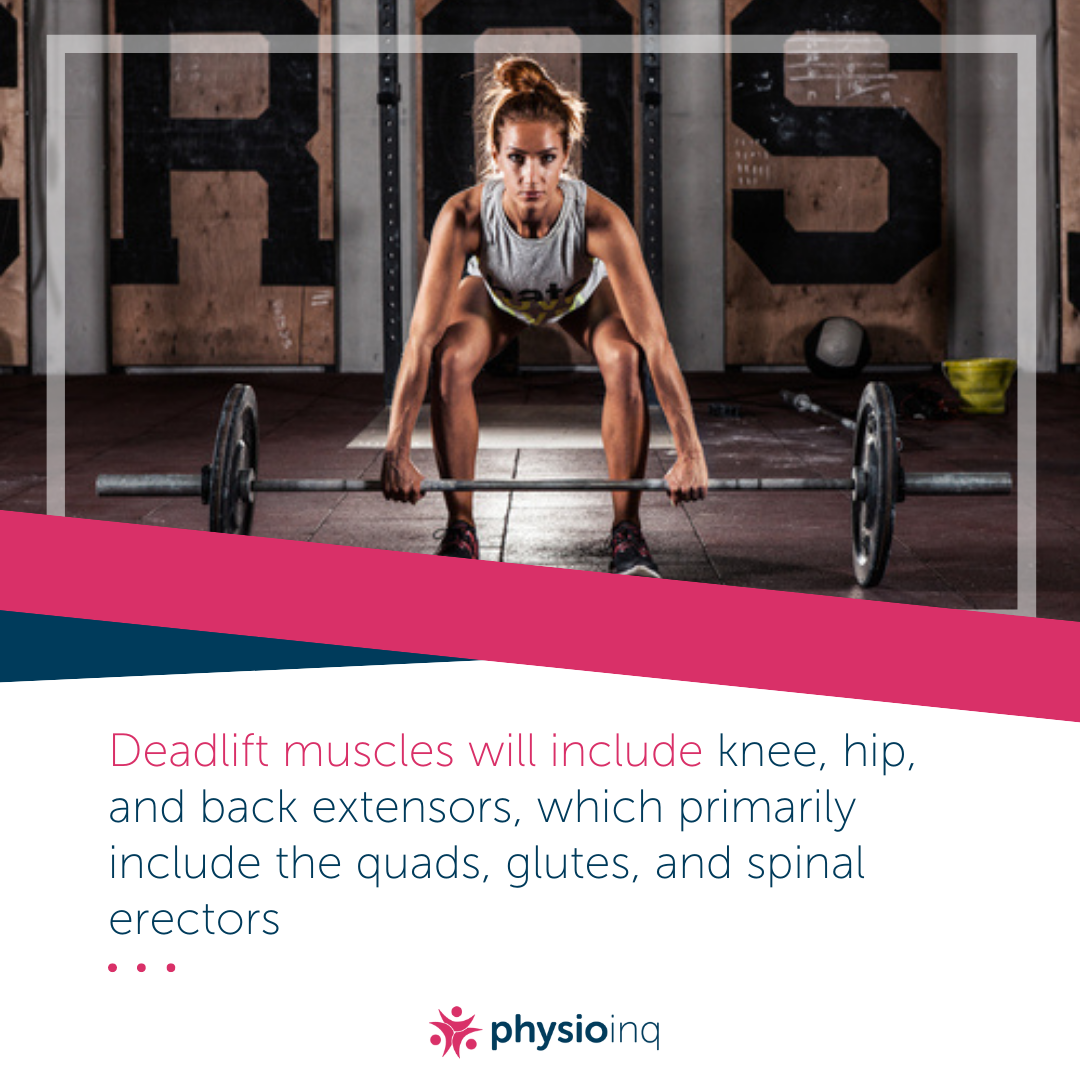
How do you stretch your back after deadlifts?
If you’re wondering how to stretch your lower back after deadlifts, you’ll want to focus not only on your back but also on your hips and hamstring which all connect to your lower back. Some of the most common deadlift stretches include:
- Downward Dog
- Cat-Cow
- Standing Forward Fold
- Reclined Twist
- Seated Straddle
- Low Lunge
- Butterfly Stretch
- Reclined Hamstring Stretch
- Pigeon
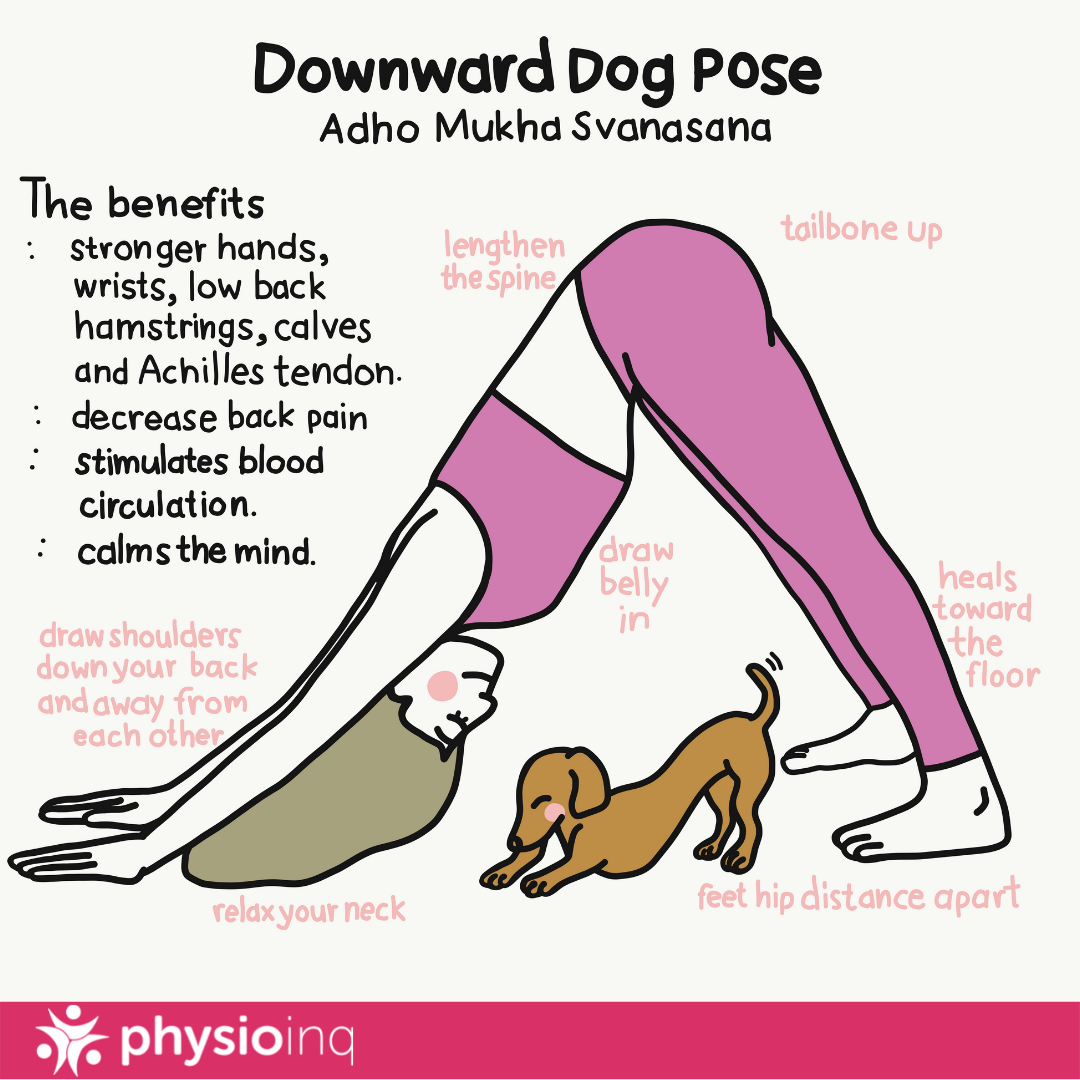
9 Important Stretches To Execute After Deadlifts
Downward Dog
- Start on all-fours with your wrists underneath your shoulders and your knees underneath your hips.
- Tuck your toes and press into your hands, lifting your hips towards the ceiling.
- Hold here and feel the stretch in your calves and lower back.
- Feel free to pedal with the feet to find a deeper stretch.
Credit: Alo Moves - Online Yoga & Fitness Videos
Cat-Cow
- Start on all-fours with your wrists underneath your shoulders and your knees underneath your hips.
- Inhale as you drop your belly towards the floor, opening your chest and looking towards the ceiling.
- Exhale as you pull your belly button towards your spine and reach your back towards the ceiling.
- Repeat 5 times.
Credit: Howcast
Standing Forward Fold
- Stand with your feet either flush together or hip-width apart.
- Slowly bend forward, reaching your hands towards your toes.
- Keep a slight bend in your knees or bend them generously to feel a deeper stretch in your lower back.
- Hold for 30 seconds before slowly rolling up through the spine to return to standing.
Credit: Group HIIT
Reclined Twist
- Lie on your back and bring your knees into your chest.
- Extend your arms to either side, making a “T” shape on the ground.
- Gently lower your knees to one side to feel a stretch in your lower back.
- For a deeper twist, turn your head so that your opposite ear reaches towards the ground.
- Hold for 30 seconds and switch sides.
Credit: KinoYoga
Seated Straddle
- Sit on your bum and extend each foot out and away from your body at a 45-degree angle.
- Reach to one leg, keeping your chest open and both hip bones on the ground.
- You should feel the stretch in one side of your lower back.
- Hold for 30 seconds and repeat on the other side.
Credit: Fitnesslane101
Low Lunge
- Start in a standing forward fold and send one leg behind you, bending your front knee and keeping the back knee straight with your back heel lifted and front foot planted firmly on the ground.
- Lower your back knee to the ground and slowly lift your upper body to stack your shoulders over your hips.
- Tuck your pelvis under to feel a deep stretch in your back hip flexor.
- Hold for 30 seconds before switching sides.
Credit: Sweat Green
Butterfly Stretch
- Sit up tall with the soles of your feet pressed together and your knees out wide.
- Stay here if you feel the stretch in your hips.
- For a deeper stretch, send your chest forwards, keeping your hips bones planted on the ground.
- Hold for 30 seconds.
Credit: Medibank
Reclined Hamstring Stretch
- Lie on your back with your feet planted on the ground and your knees bent and pointing towards the ceiling.
- Extend one leg up towards the ceiling.
- Use a strap or rope if you can
- If you can, grab your extended leg at either the thigh, calf or foot, pulling it towards your face while keeping both hips on the ground.
- Hold for 30 seconds before switching sides.
Credit: Back Intelligence
How do you cool down after a deadlift?
A cool-down is a series of static stretches and recovery techniques you can use after any workout. To cool down after a deadlift, we suggest starting with some of the stretches listed above as well as foam rolling and recovering with your legs on the wall.
To foam roll after a deadlift, try this IT band release:
- Lie on your side with the foam roller placed under your hip bone keeping your bottom leg straight.
- Bend your top leg and place it on the floor in front of you.
- Place both hands on the floor and roll the roller on the outside of your leg from hip to knee.
- Avoid rolling over the joints themselves.
To do the legs on the wall deadlift recovery technique:
- Lie on your back with your bum close to wall
- Extend your legs up towards the ceiling and rest them against the wall
- You’ll relieve pressure on your lower back while stretching your hamstrings and increasing blood flow to your legs
Still sore from doing deadlifts. Need help with how to stretch you lower back after deadlifts? Book an appointment with one of our knowledgeable physiotherapists to learn more. Contact Physio Inq today!
Date Published: Thursday, March 17, 2022
Locate a Mobile Exercise Physiology
Service Near me
Get the experience & convinence you deserve to support your or a loved one's allied health needs.
Our Mobile Exercise Physiology team are currently serving & taking appointments in the following states and regions in Australia:
Need to get into direct contact with ur Client Services team? We're all ears. Call our team directly on 1300 731 733


